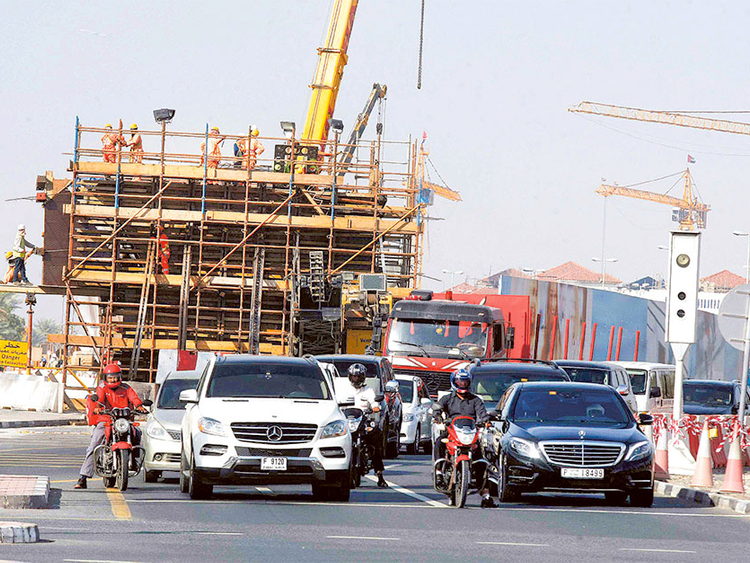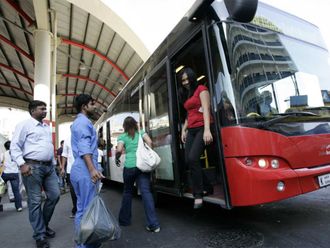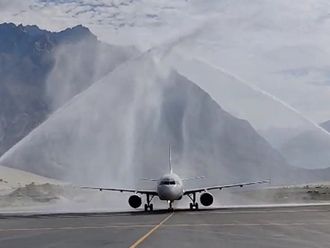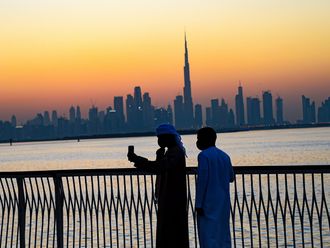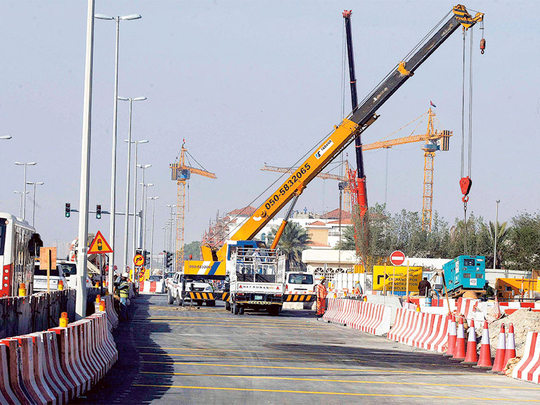
Dubai: Congestion on Al Hadiqa Street and Al Wasl Road has eased considerably following changes made to the traffic light sequence by the Roads and Transport Authority (RTA).
Traffic movement is likely to ease further in the next couple of weeks as the second stage of road diversions comes into effect.
“The traffic situation will improve significantly during stages 2 and 3 of traffic diversions as there will be added capacity. However, to improve the situation immediately, the traffic signal timings have been optimised to discharge more traffic,” said Maitha Bin Udai, CEO of RTA’s Traffic and Roads Agency.
The changes to the traffic light timings come following a Gulf News report earlier this month highlighting the adverse impact the roadworks and traffic light sequence were having on the traffic situation.
The congestion witnessed in the area over the past couple of months, particularly after an additional traffic light was installed on Al Wasl Road, has begun to ease after the changes effected by the RTA.
“After the installation of a new traffic signal for construction vehicles, changes were made in the signal timing at Al Hadiqa and Al Athar road intersections, which resulted in long queues at these intersections.”
However, she added that the new traffic light is meant for access of construction vehicles. The signal is proposed to be operated during off-peak hours. This, effectively means the new traffic light remains green during peak hours, both in the morning and evening, allowing uninterrupted movement of traffic.
However, the official insisted that the canal work in general or the traffic diversions haven’t had any adverse impact on traffic. “The traffic diversion is designed to maintain the same capacity of road network, maintaining the same lane configuration as before. We don’t think the canal works have adversely affected traffic conditions. This is evident from the implementation of the Shaikh Zayed Road diversion plan,” Maitha said.
However, she acknowledged that changes in signal timings on Al Wasl Road and the addition of a traffic signal had resulted in long queues, which have been mitigated by restricted use of signals for construction vehicles during off peak hours and optimising signal timings at Al Hadiqa and Al Athar road intersections.
She added that, to further improve the situation, the traffic department is making more recommendations, which will be studied and implemented by the consultant and the contractor under the supervision of the roads department.
In addition, the second stage of road diversions, which will be in place soon, are expected to further ease traffic as additional tracks are being built.
The temporary roads for the diversions are ready and the workers are putting in place road markings and signs, indicating the diversion will be in operation soon.
Once the temporary roads are ready, traffic will move away from the existing tracks to allow for construction work on the second part of the flyover.
The construction work on Al Wasl Road is part of the Dh2-billion Dubai Canal project. A flyover is currently under construction on Al Wasl Road to allow for the canal to flow underneath.
Work on the Dubai Canal project is expected to be complete by my mid-2016, including the 16-lane flyover on Shaikh Zayed Road, as well as the flyovers on Al Wasl and Jumeirah roads.
Currently, work on all three phases of the canal project is being carried out simultaneously, with excavation of the canal under way inside Al Safa Park.
The prestigious development, which was launched by His Highness Shaikh Mohammad Bin Rashid Al Maktoum, Vice-President and Prime Minister of the UAE and Ruler of Dubai, in October 2013, will see the extension of Dubai Creek by three kilometres, turning Bur Dubai into an island ringed by the Creek on three sides and the Arabian Sea on the fourth.


